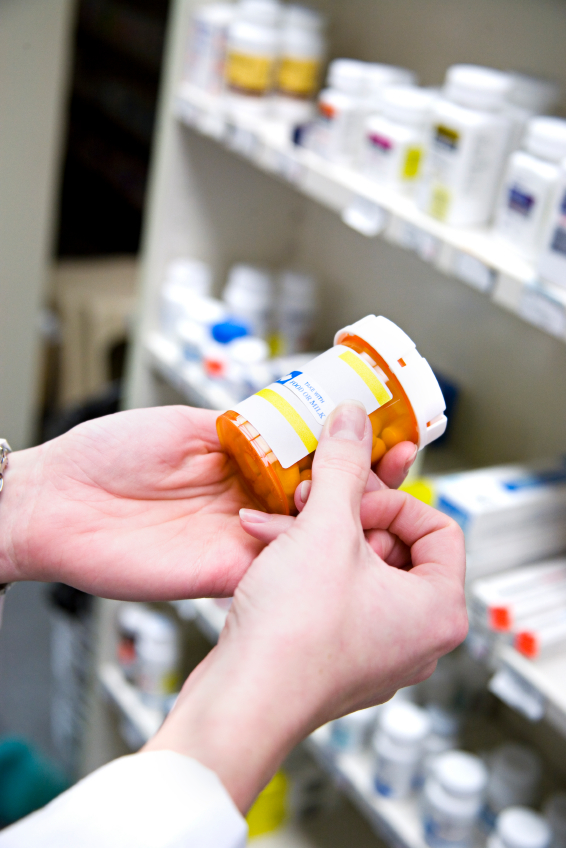Is There a Role for Social Media in Life Science companies?
 Social media has had a rapid and successful adoption by companies in a number of sectors including telecoms, travel, entertainment, and not stating the obvious, IT and marketing. Its uses span rapid and real time customer service, competitive intelligence to enhance the consumer’s experience and brand awareness and activation. However, many business leaders wonder where the value lies in its use in the pharmaceutical, healthcare or similar scientifically based companies. A lot of people view it as frivolous and potentially damaging to their company’s reputation to be involved in such ‘social practices’. Furthermore, many fear the risks that may ensue from the open and uncontrolled communication between patient, healthcare provider and manufacturer which the platform could facilitate. In a highly regulated and controlled environment, which many pharmaceutical and life science companies operate in, such unregulated activities may seem terrifying.
Social media has had a rapid and successful adoption by companies in a number of sectors including telecoms, travel, entertainment, and not stating the obvious, IT and marketing. Its uses span rapid and real time customer service, competitive intelligence to enhance the consumer’s experience and brand awareness and activation. However, many business leaders wonder where the value lies in its use in the pharmaceutical, healthcare or similar scientifically based companies. A lot of people view it as frivolous and potentially damaging to their company’s reputation to be involved in such ‘social practices’. Furthermore, many fear the risks that may ensue from the open and uncontrolled communication between patient, healthcare provider and manufacturer which the platform could facilitate. In a highly regulated and controlled environment, which many pharmaceutical and life science companies operate in, such unregulated activities may seem terrifying.
However, over the past few years, there is a growing trend towards the adoption of social media by companies across the life sciences for multiple uses which add value to both the company and the patient. These include uses in adverse event monitoring, patient group enhancement, recruitment, optimised marketing intelligence and brand awareness.
(a) Adverse Event Monitoring
Should a company decide to adopt a social media policy they must be in a position to receive and act on any reports of adverse events by patients immediately. Discussion of side effects are very common on social media resources, however detection of actual adverse events are much lower ranging from 0.2% (Nielsen Survey 2008) and 7% (Patientlikeme Survey 2010) due to the fact that the criteria required to identify an adverse event (naming of drug, brand, patient identity, prescriber identity) are not always cited. The identification of a new adverse event is much rarer; however there is an opportunity when this happens to act rapidly and to anticipate crises.
(b) Enhancing Patient Groups
The obvious advantage of engaging with patient groups is evident in the use of social media. The platform can retain and enhance the customers experience and keep them informed of new initiatives and well as creating a community surrounding the use of the product. This is especially important when a medication comes off patent as support structures built over a number of years can tie healthcare providers and patients alike into a community, ensuring an on-going revenue stream.
(c) Optimised Marketing Campaigns & Brand Awareness
Important marketing intelligence can be gathered from patients and health care professionals in social media platforms. Forums and discussion boards offer an invaluable source of information regarding issues, benefits and can shed light on new potential marketing strategies as well as gaps in strategy for enhancing patient and healthcare professional engagement.
(d) Recruitment
Social media is fast becoming an important recruitment resource for many companies, with LinkedIn usage increasing steadily. Companies with in-house recruitment specialists, and whose time is not taken up with other critical resource heavy duties, are afforded the time to tactically and proactively source potential new talent through the platform. Other platforms such as Twitter and Facebook lag behind LinkedIn in terms of usefulness for recruitment resourcing, while Google+ seems to have its merits in search engine marketing of jobs.
All in all, the author and many other strategists in digital marketing believe that there is a role for social media in the life sciences. This is tempered with a word of caution as strict usage policies much be developed and adhered to by companies looking to adopt a social media strategy. This will ensure there are no legal or reputational ramifications of misuse or negligence on the part of the publishers.
About the author: Eamonn O’Raghallaigh is Head of Technical Operations at Life Science Recruitment and has interests in neuroscience, pharmacology and digital marketing.
Follow me on G+ | Twitter | Linkedin
